From the cold waters of the Gulf of Vizcaya, to the salted preservation: cleaning and desalting of the Cantabrian Anchovies by Yurrita
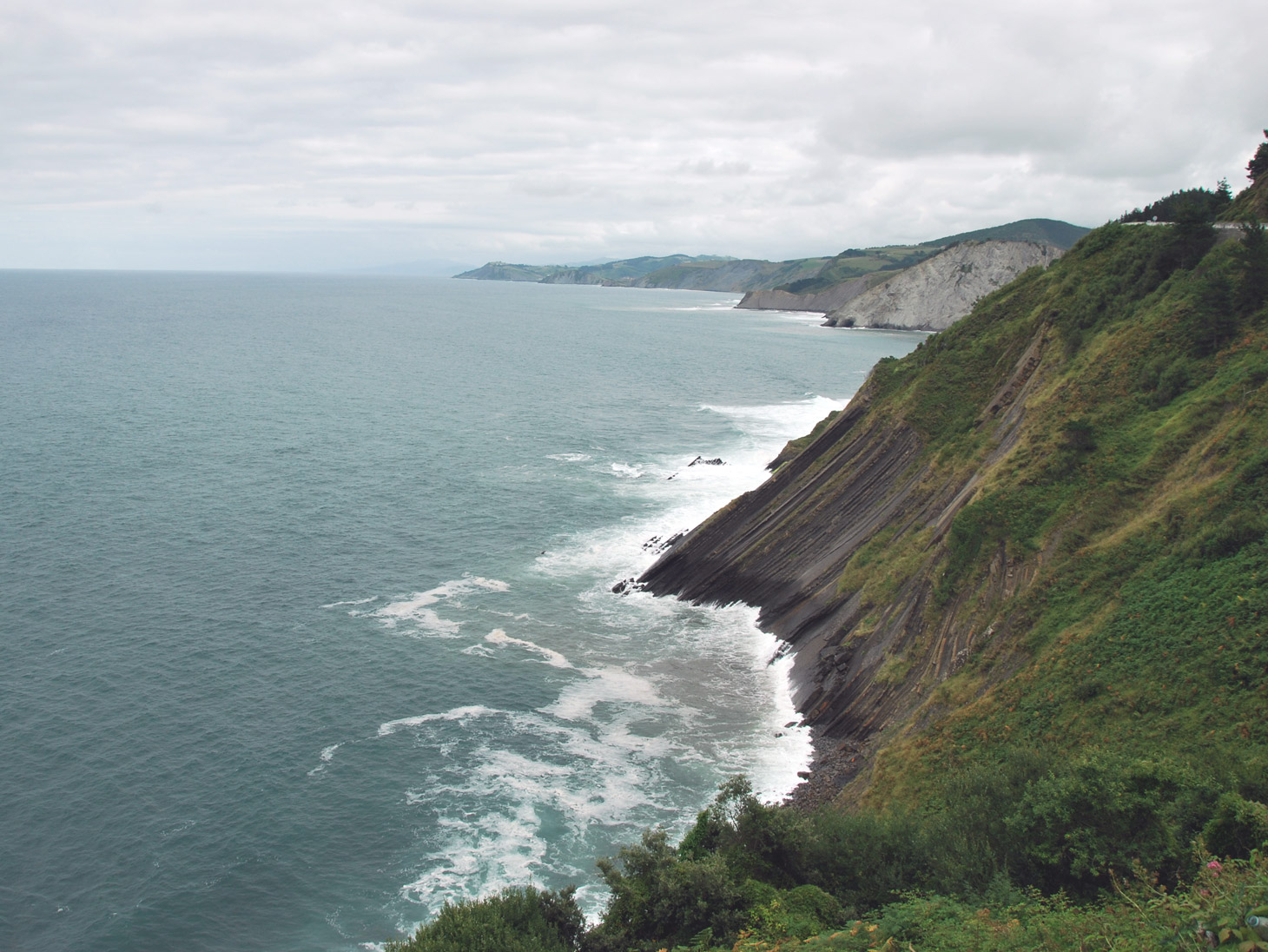
A 150 years long experience in the fish preserves sector and handed down for five generations, starting with the production and distribution of salted and pickled fish to reach the wide range of products offered today.
From Mutriku, a small village overlooking the Cantabrian Sea, to the rest of Spain and then all over the world.
This is the curriculum vitae of Yurrita, the oldest conservative company in the Basque Country and one of the oldest in Spain
Excellent references (if you still have any doubts!) to introduce the theme of this new issue of our magazine: how to clean and desalt the Cantabrian Anchovies preserved in salt. So, to write our small “How to do it?” manual, we turned directly to Yurrita and we approached the topic by taking it a little away, starting not from the salted anchovy, but from the sea waters.
Anchovies are fished in the Gulf of Vizcaya, in the Cantabrian Sea, north of Spain, where the cold, well-oxygenated waters of the Atlantic Ocean arrive; for this reason Cantabrian Anchovies can feed themselves with greater abundance, developing more fatty and fleshy meat than the sisters of the Mediterranean.
These characteristics give a unique taste and texture, reason why the Cantabrian Anchoivies are considered the best in the world
Yurrita buys the anchovies directly from the fishing boats at the port, choosing those with the most suitable sizes and then brings them to the factory where they are eviscerated and beheaded, strictly by hand.
They are then placed in barrels for maturation, alternating anchovies and salt.
The fish will remain in barrels at room temperature for at least 12 months
The anchovies destined for sale in salt, once riped, are packed in tin and covered with a proper layer of salt; the anchovies destined for sale in fillets, on the other hand, are cleaned and desalted adequately, then filleted, directly in the Yurrita establishments, with a manual and meticulous process handled by a group of women.
Salted anchovies are the ideal solution for transformation and use in kitchen, or simply for those who prefer to prepare fillets on their own.
1 | TO START
Running water, extra virgin olive oil, cloth and hands: no tools beyond the hands, because the steps are simple, even if meticulous. As it happens in Yurrita the passages must be carried out manually, and above all an anchovy at a time.
2 | WASHING AND DESALTING
Once removed from the tin, rinse thoroughly the anchovy under running water for a few minutes, preferably room temperature water. This step allows to eliminate the excess salt deposited on the surface of the fish.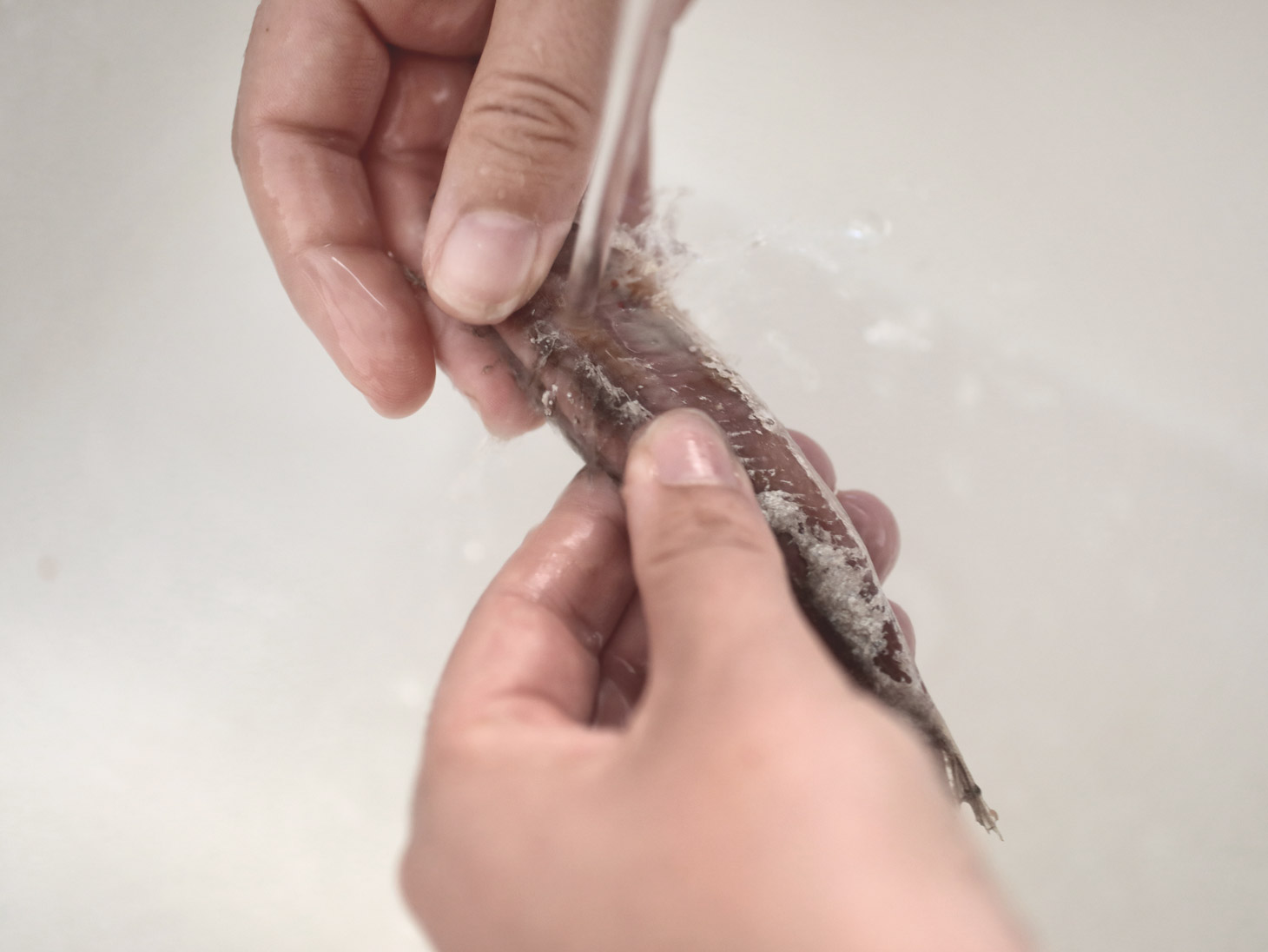
3 | CLEANING
Always under running water, gently rub the surface of the anchovy so as to eliminate the scales as much as possible, being careful not to damage the fish. The underlying meat should be visible. With your fingers open each anchovy from the belly to the tail and gently remove the central bone and the tail, checking that no residual bones are left. Cleaning is a fundamental part because if done in a workmanlike manner the tasting will not be ruin by the remains of fishbones or scales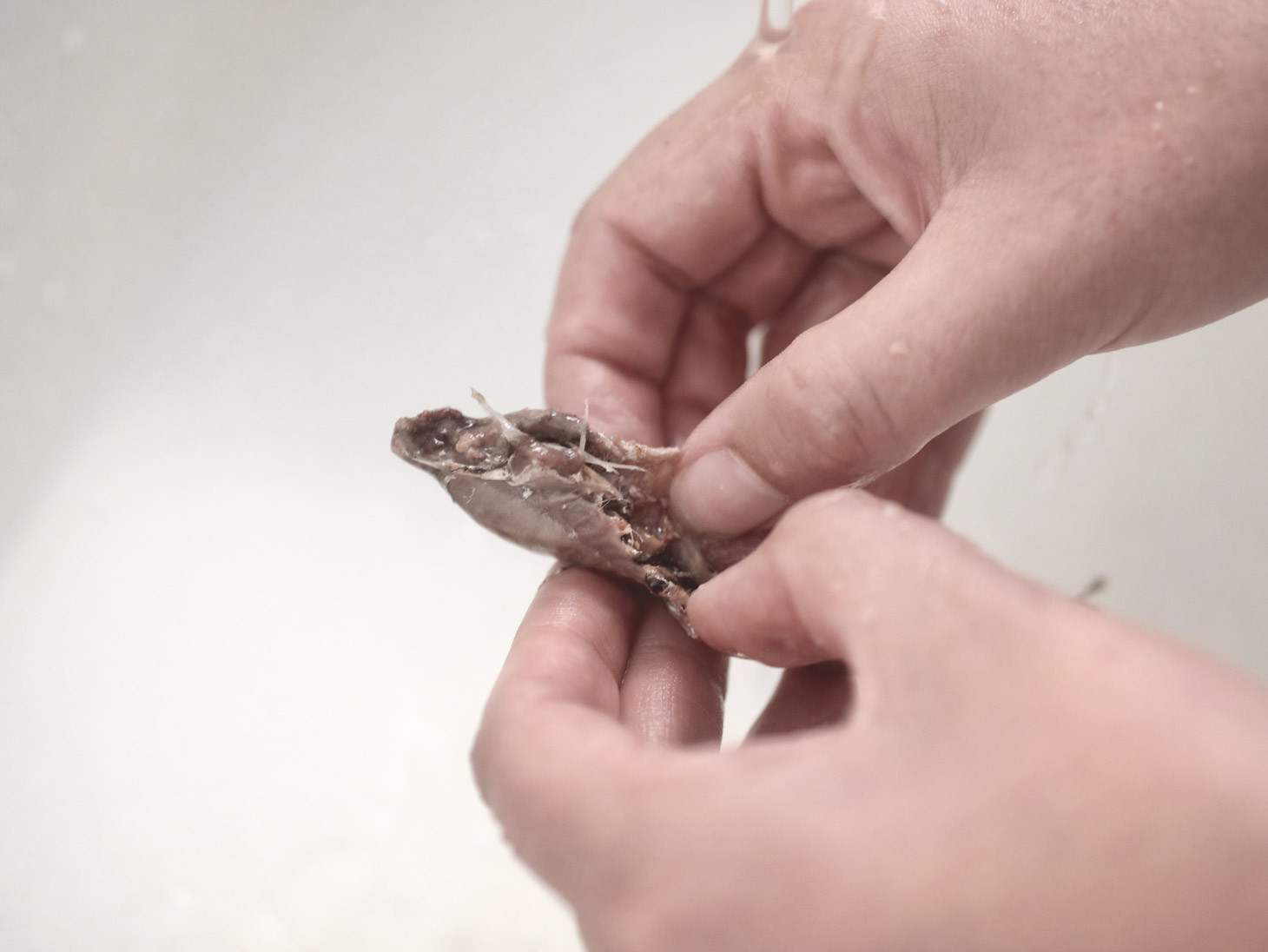
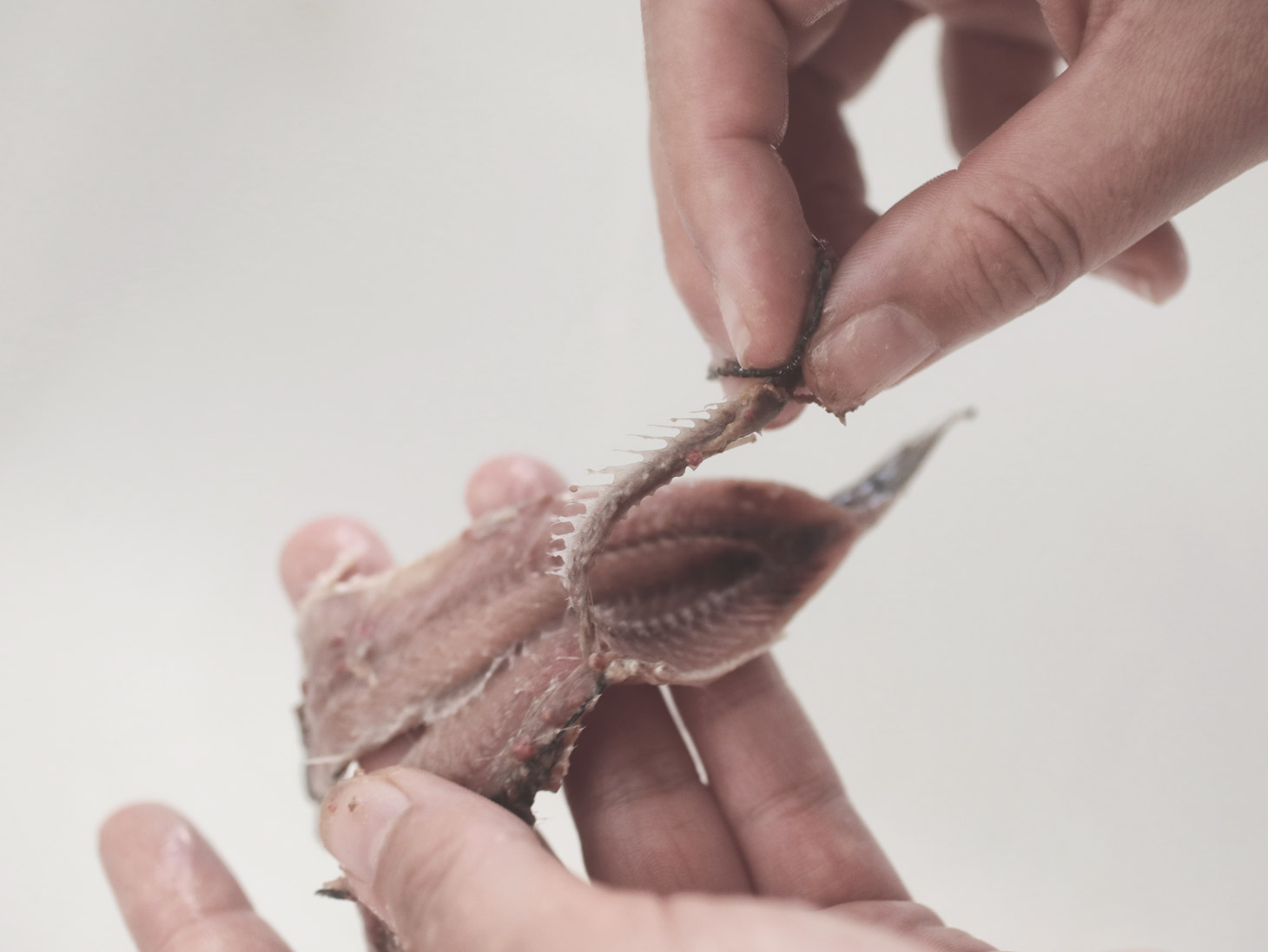
4 | FILLETING
Carefully separate the two fillets without damaging the fish, keeping the fillets as whole and compact as possible, both for visual reasons and to enhance the taste. Rinse one last time so as to check if there are any residual fishbones.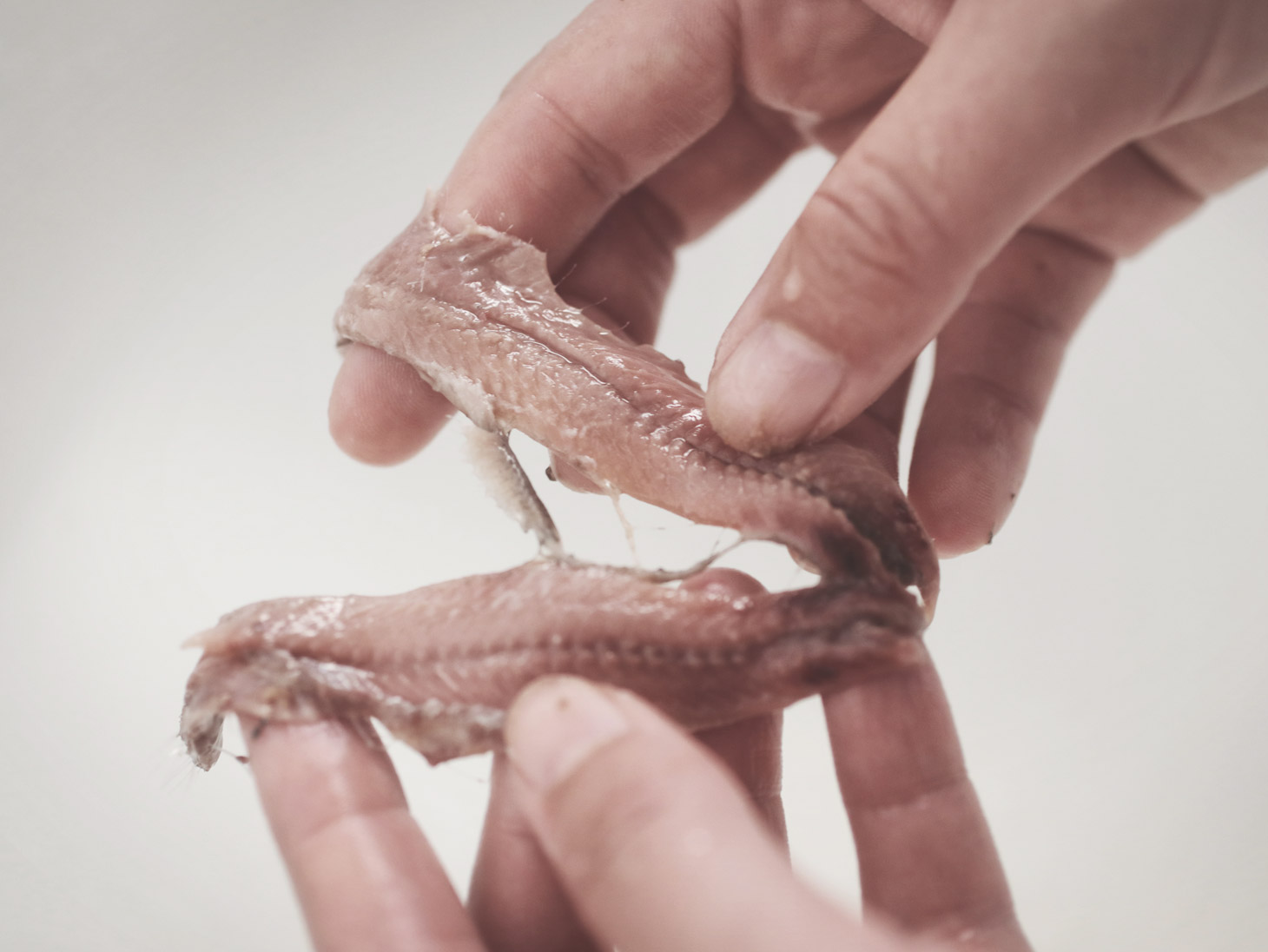
5 | DRYING AND FURTHER DELSALTING
Dry the fillets freshly obtained with a cloth or a thick absorbent paper, then sprinkle with extra virgin olive oil and leave to rest for at least 10 minutes. This last step will make the meat of the fillets less savory, with a more delicate taste, but maintaining all the typical characteristics of taste and consistency that distinguish Cantabrian anchovies from all others.
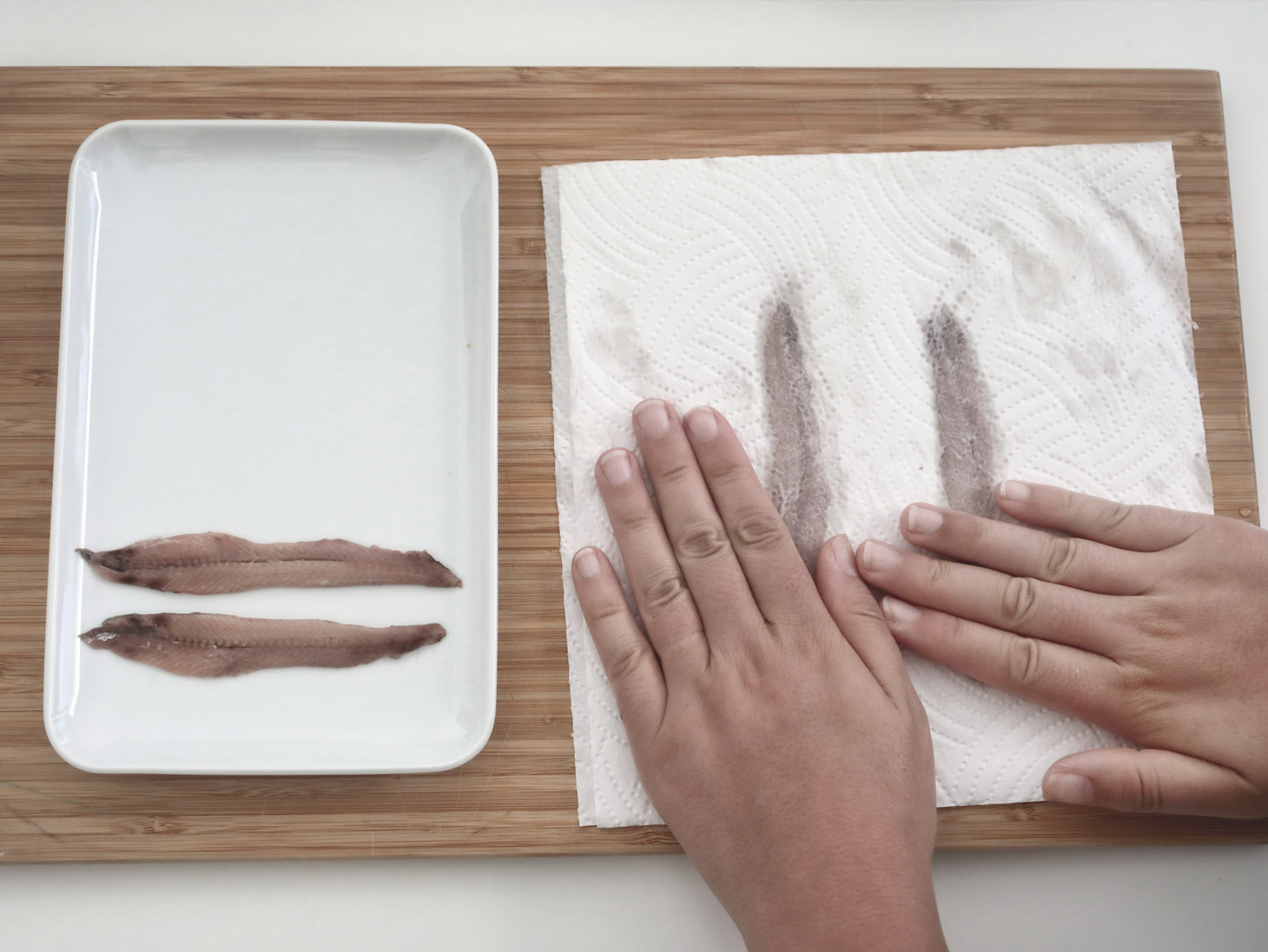
Some prefer to use a solution of water and vinegar instead of oil, leaving it to “act” for about 5 minutes; the purpose is the same. Let everyone find the solution that best suits their management or use needs.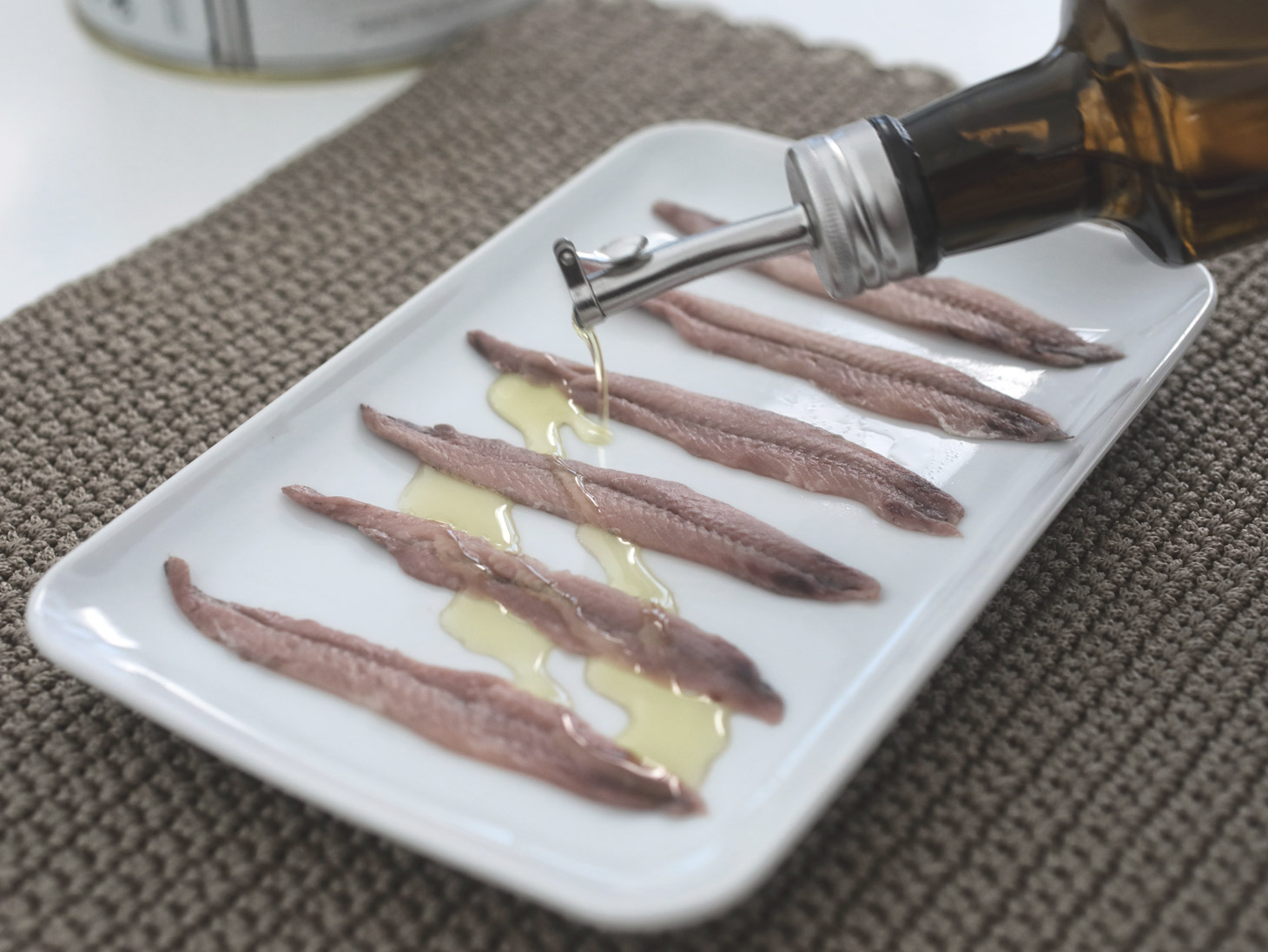
And the fishbone?An idea from Salón de Gourmets of Madrid: the fried fishbones become a crunchy snack for an original aperitif!
Giulia Bassetto
Marketing & Comunication



